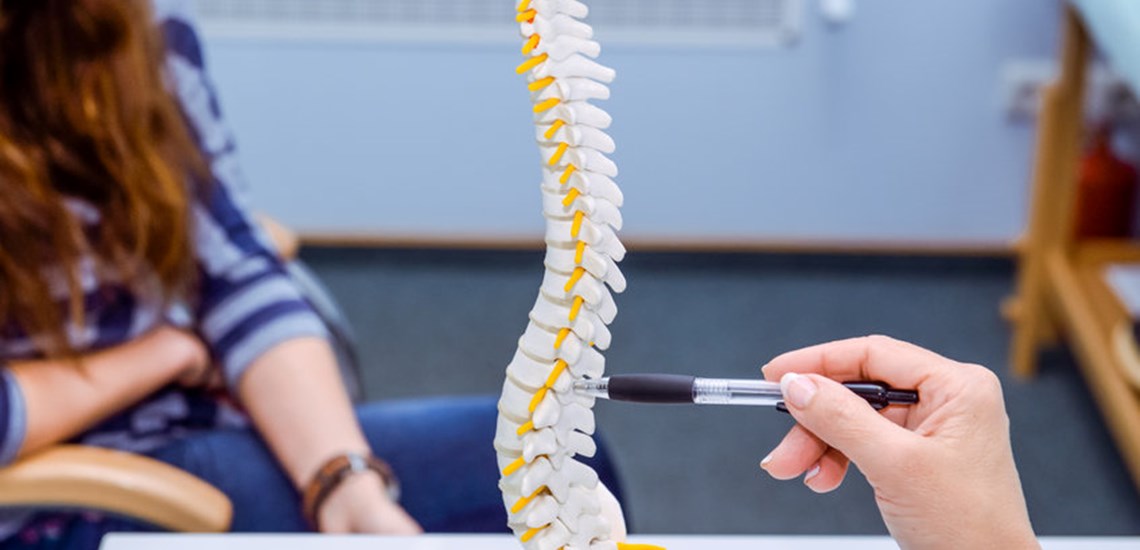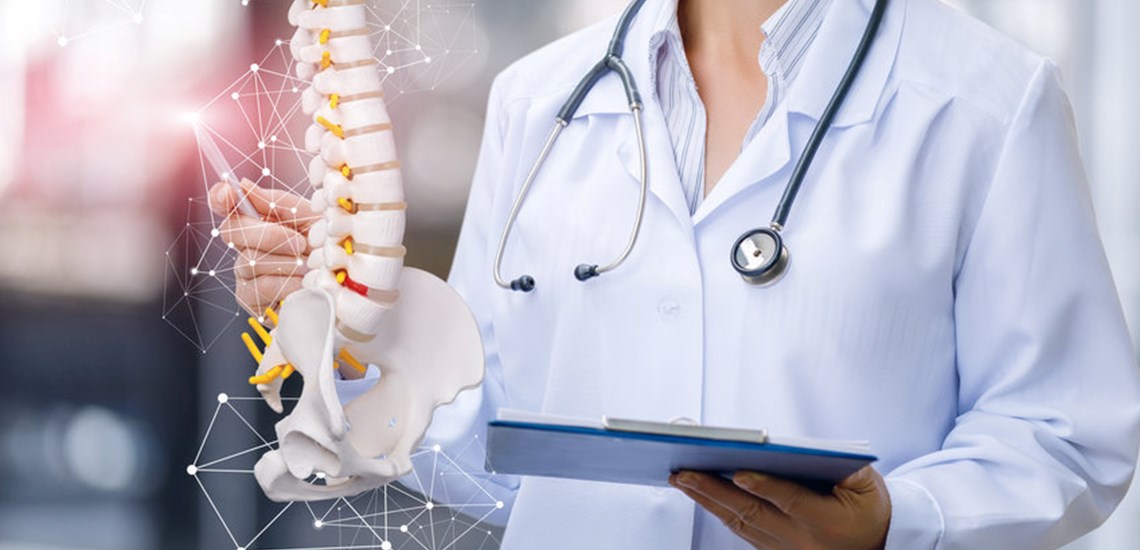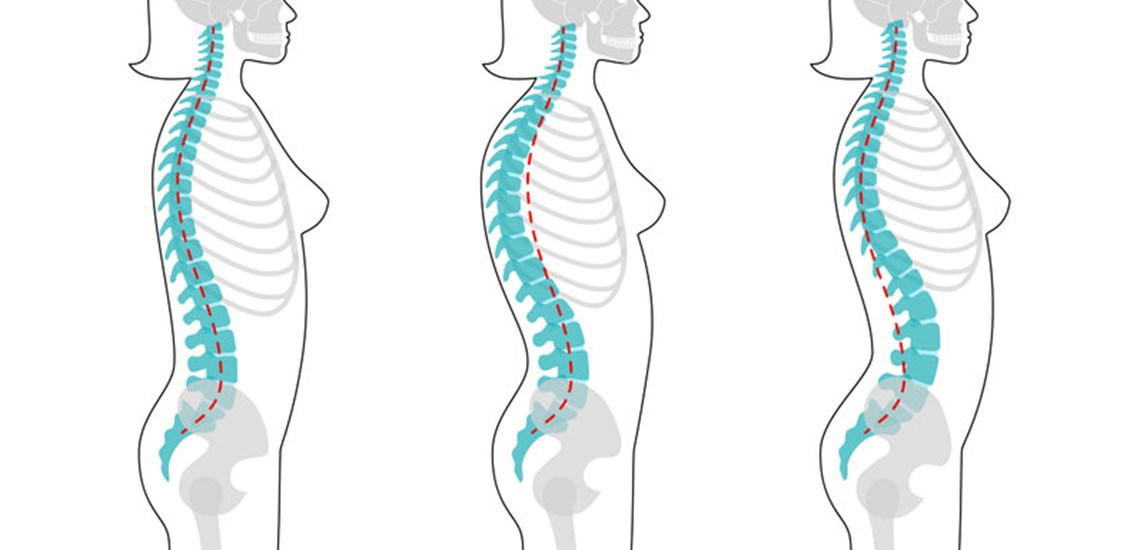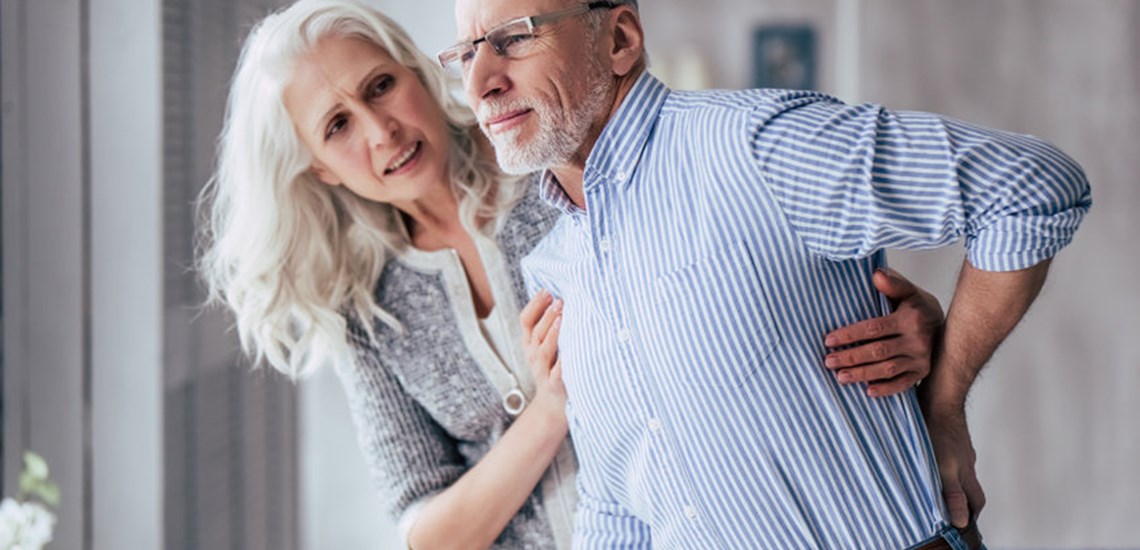No one wants to suffer from back and neck discomfort, yet it’s one of the most common pains Americans face. In most cases, you can prevent minor aches and pains by committing to your spine health.
Blog

Understanding Osteoporosis
According to the U.S. Department of Health and Human Services, nearly 10 million adults 50 and older develop osteoporosis. Osteoporosis is a condition that causes bones to weaken, leading to an increased risk of bone breaks and fractures. The good news is, osteoporosis is not an inevitable disease. By learning about the signs and symptoms of osteoporosis and steps you can take to prevent the condition, you can significantly reduce your chances of developing the disease.

Common Types of Spinal Tumors
Every year, nearly 25,000 people will develop a brain or spinal tumor, according to the American Cancer Society. While the chances of developing a spinal tumor are low, they can cause significant pain and discomfort. And understanding different types of spinal tumors can help you identify early development for faster and more effective relief.

The Difference Between Kyphosis and Lordosis
The spine is a bone structure that runs from the base of the neck to the lower back. It's a crucial part of the body responsible for supporting the head and protecting the spinal cord. The average spine makes a slight "C" shape. However, some people develop abnormal curves to their spine, leading to pain, stiffness, and other challenges. Two common abnormal spine curvatures are kyphosis and lordosis.

Understanding and Coping with Back Pain
According to the Global Burden of Disease, back pain is one of the leading causes of disability worldwide. Nearly 31 million Americans experience lower back pain, making it one of the top reasons people miss work and visit the doctor.
Although back pain is common, it doesn’t have to be an inevitable part of life. If you’re experiencing mild, moderate, severe back pain, talk to your doctor to determine the cause of the pain and consider these tips for coping with discomfort.

Understanding Arachnoiditis
Living with chronic back pain can feel frustrating, especially when you’re unsure of the cause. For most people with chronic back pain, the culprit is a common and treatable condition such as arthritis of the spine or a herniated disc. Other times, a person may experience pain due to a rarer disease such as arachnoiditis.

Treating Metastatic Cancer of the Spine
According to the American Cancer Society, doctors diagnose nearly 25 thousand malignant brain and spinal cord tumors yearly. Most of those tumors are metastatic, meaning cancer started somewhere else in the body but traveled to the brain or spine.

5 Common Causes of Back and Neck Pain
Back and neck pain can happen to anyone. In fact, according to the US National Library of Medicine and National Institutes of Health, 60 to 80 percent of adults will experience back pain in their life that interferes with their daily activities. Since back and neck pain is common, it’s helpful to understand a few of the most common causes of back and neck pain and how to manage the symptoms.

The Relation Between Back Pain and Cancer
Many things can cause back and spine pain, such as age-related changes, posture, or injury. However, unexplained back or spinal pain that won’t ease even after treatment might signify something more serious.

Daily Activities That May Cause Back Pain
Most of us know to be careful about lifting heavy objects or slouching to reduce back pain. But do you think about how your daily habits might be affecting your spine? There may be more daily activities than you knew contributing to your back pain.
